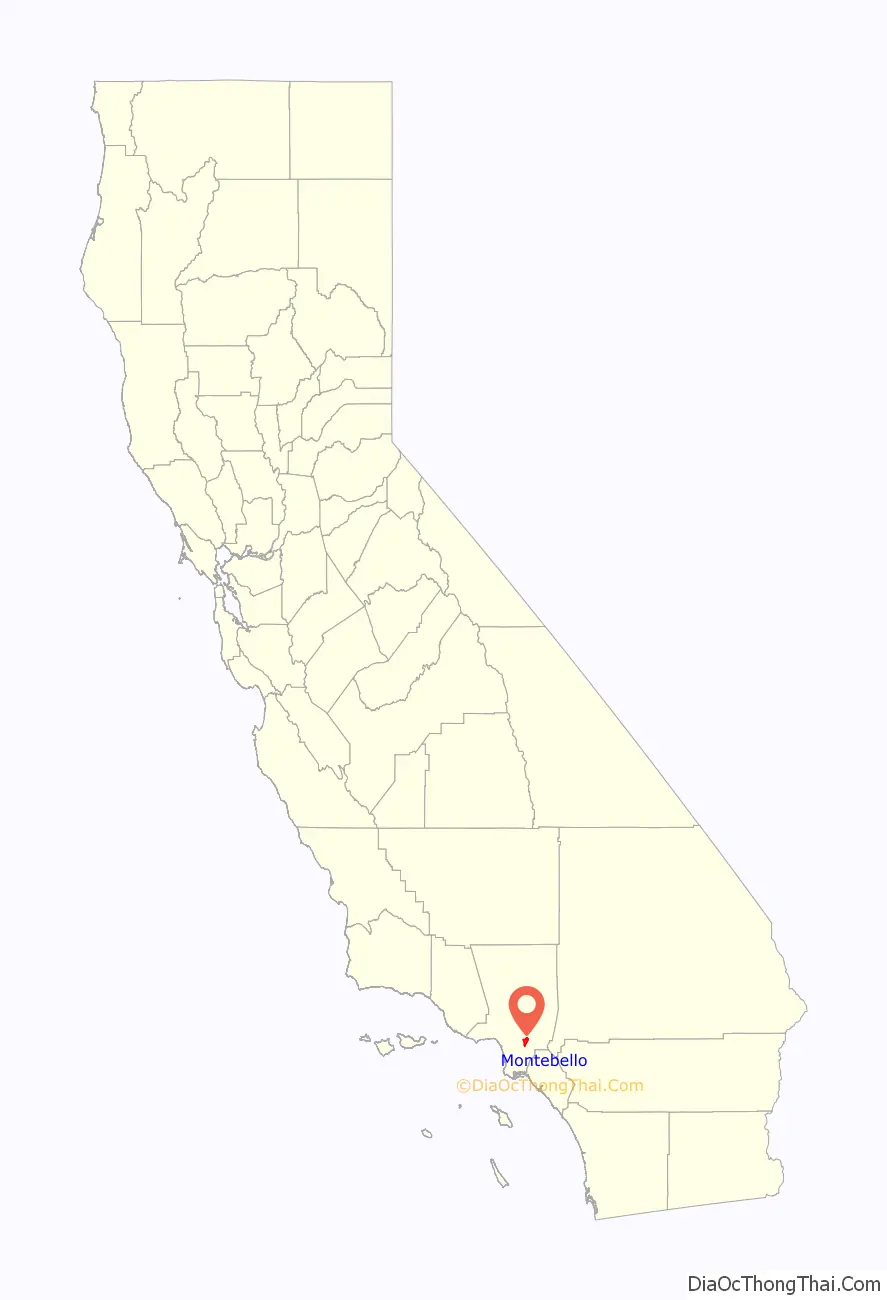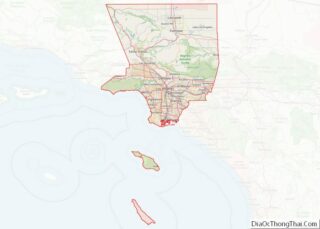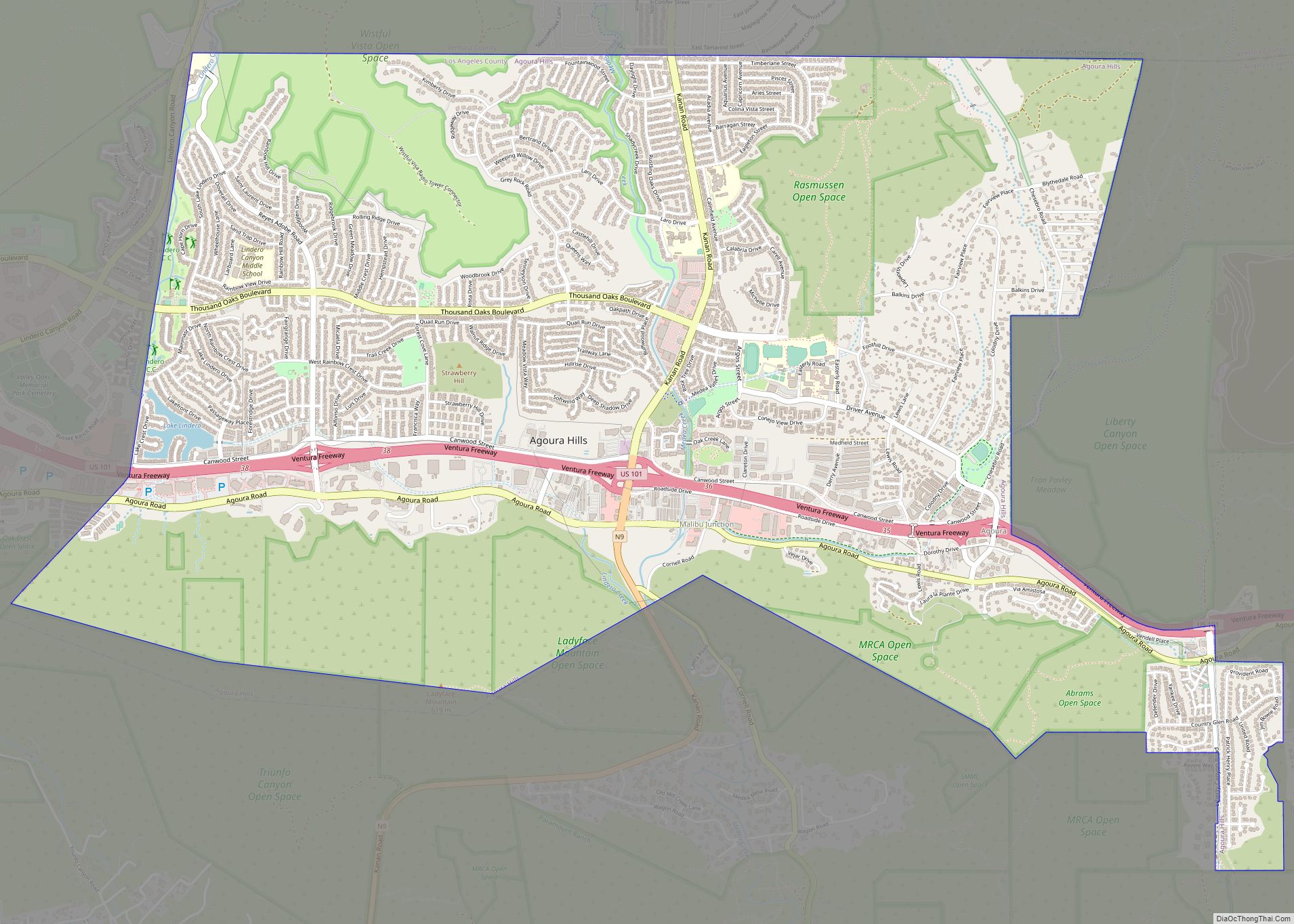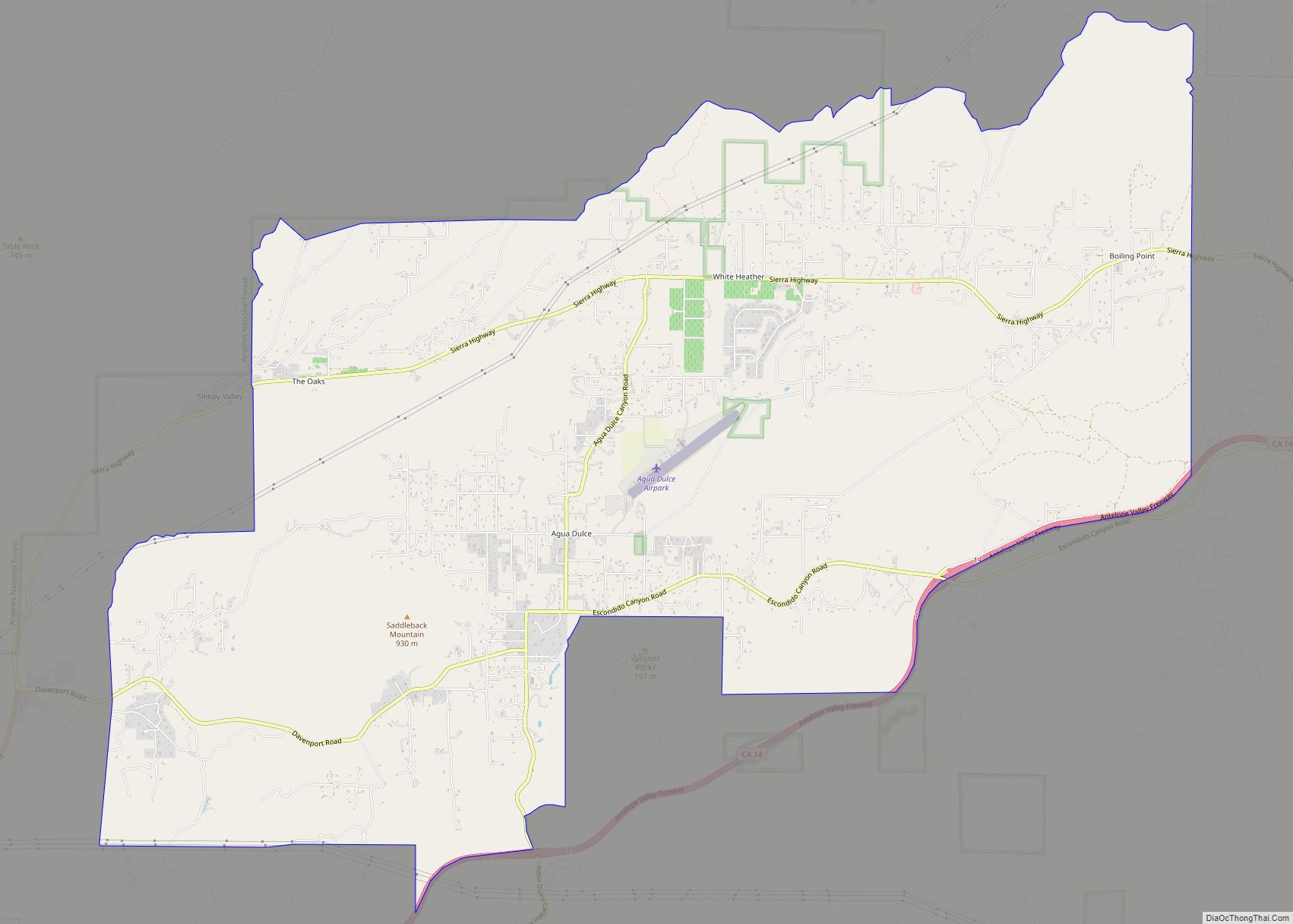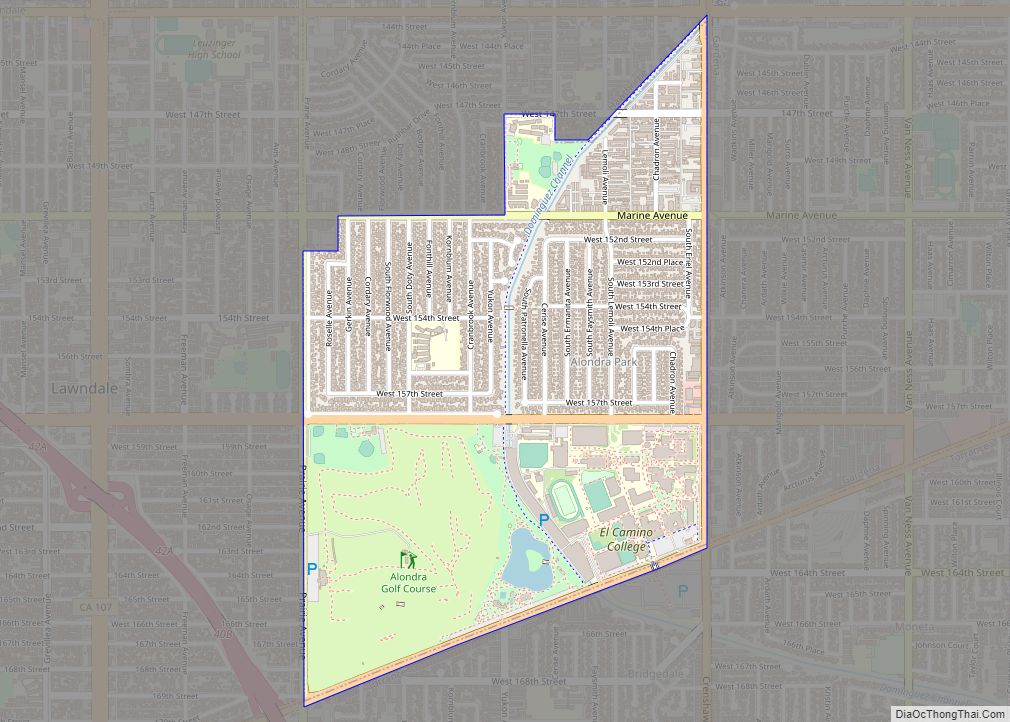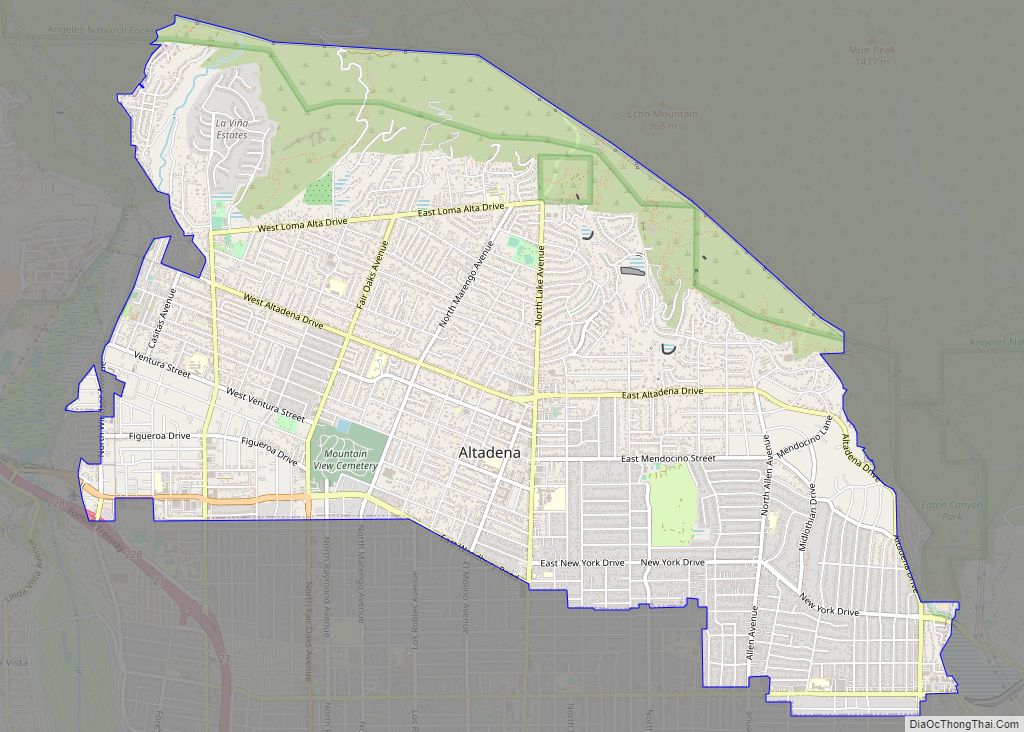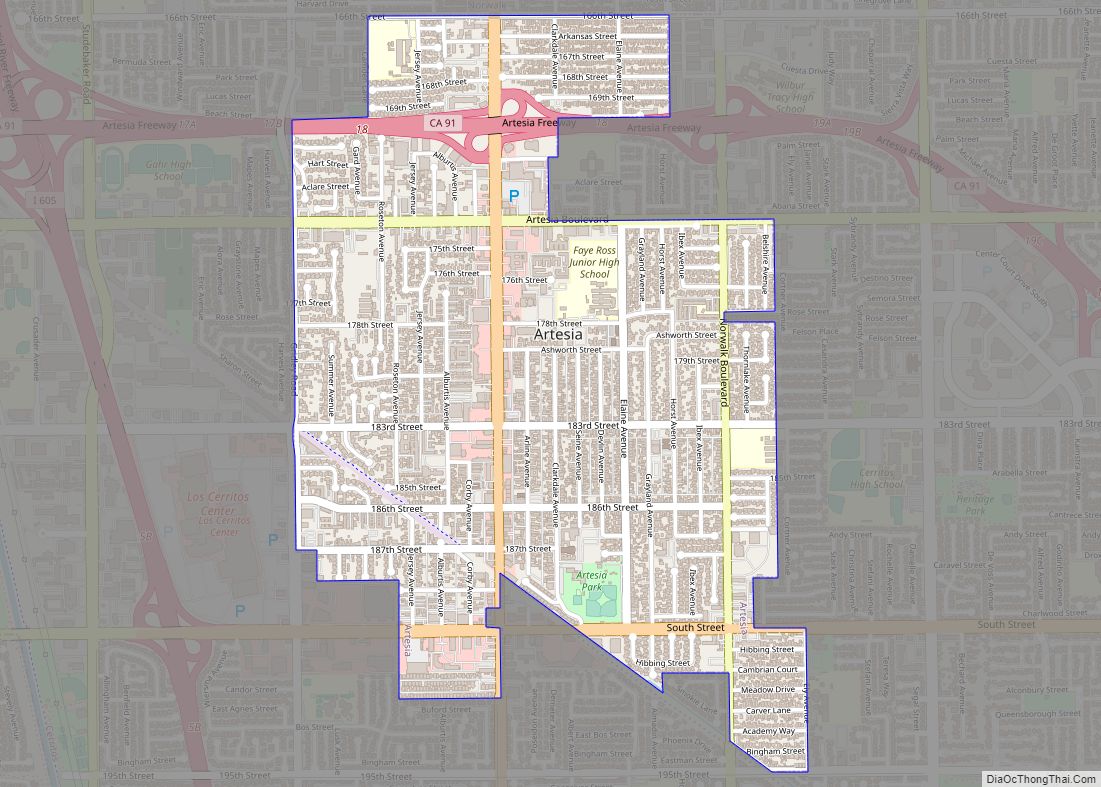Montebello (Italian for “Beautiful Mountain”) is a city in Los Angeles County, California, United States, located just east of East Los Angeles and southwest of San Gabriel Valley. It is an independent city. 8 mi (13 km) east of downtown Los Angeles. It is considered part of the Gateway Cities, and is a member of the Gateway Cities Council of Governments.
In the early 20th century, Montebello was a well-known source for oil reserves. At the 2020 census, the population estimate was 63,833.
| Name: | Montebello city |
|---|---|
| LSAD Code: | 25 |
| LSAD Description: | city (suffix) |
| State: | California |
| County: | Los Angeles County |
| Incorporated: | October 16, 1920 |
| Elevation: | 203 ft (62 m) |
| Total Area: | 8.37 sq mi (21.68 km²) |
| Land Area: | 8.33 sq mi (21.58 km²) |
| Water Area: | 0.04 sq mi (0.10 km²) 0.48% |
| Total Population: | 62,500 |
| Population Density: | 7,435.67/sq mi (2,870.93/km²) |
| ZIP code: | 90640 |
| Area code: | 213 and 323 |
| FIPS code: | 0648816 |
| Website: | www.cityofmontebello.com |
Online Interactive Map
Click on ![]() to view map in "full screen" mode.
to view map in "full screen" mode.
Montebello location map. Where is Montebello city?
History
Historic occupants of the land along the Rio Hondo River were the indigenous Tongva (also known as Gabrielino), a portion of the Uto-Aztecan family of Native Americans. The Tongva occupied much of the Los Angeles basin and the southern Channel Islands – Santa Catalina, San Nicolas, San Clemente and Santa Barbara.
When the explorer Juan Rodríguez Cabrillo arrived off the shores of Santa Catalina in 1542, he was met by the Tongva people. Because the language of the Tongva was different from the neighboring tribes, the Spanish called them “Gabrielino”. As more non-natives arrived and established settlements, diseases that were endemic among them caused high mortality among the Tongva and other indigenous peoples. These were new infectious diseases to them. By 1870, the area had few remaining indigenous inhabitants.
Father Angel Somera and Father Pedro Cambon, both Franciscan missionaries, founded the original Mission San Gabriel Arcángel, called Mission Vieja, on September 8, 1771. Today the site is near the intersection of San Gabriel Boulevard and the Rio Hondo River. The establishment of this mission marked the beginning of settlement by Spaniards in the Los Angeles region; it was the fourth of twenty-one missions that they ultimately established along California’s El Camino Real. The mission did well initially as a farm and cattle ranch.
Six years after its founding, however, a destructive flood led the mission fathers to relocate the mission farther north, to its current location in what is the present day city of San Gabriel. The original mission site is California Historical Landmark #161.
During the early years of the mission’s operations, the region was managed by Spanish colonists who had a “Rancho” land grant system. The current city of Montebello consists of land from Rancho San Antonio, Rancho La Merced, and Rancho Paso de Bartolo. The Juan Matias Sanchez Adobe, built in 1844, still stands at the center of old Rancho la Merced in East Montebello. Rancho la Merced is the city’s oldest standing structure.
On January 8, 1847, the Battle of Río San Gabriel took place in what are today parts of the cities of Whittier, Pico Rivera and Montebello. The battle was a decisive, critical victory for the U.S. Army in the Mexican–American War. The United States took control of Los Angeles and Alta California. Today, the site is noted as California State Historical Landmark #385. Two cannons and a plaque commemorating the battle were installed overlooking the river at Bluff Road and Washington Boulevard.
Following the American Civil War, some 5,000 acres (2,000 ha) of the East Los Angeles area was owned by Alessandro Repetto, an Italian immigrant from Genoa, Italy. Following Repetto’s death in 1885, his brother sold his rancho to a consortium of five Los Angeles businessmen, including banker Isaias W. Hellman and wholesale grocer/historian Harris Newmark, for $60,000, or approximately $12 per acre. The land was later divided among the partners, one large parcel of approximately 2,000 acres (810 ha) going to a partnership of Newmark and his nephew, banker Kaspare Cohn.
The city of Montebello was developed in May 1899 from the Newmark and Cohn share of 1,200 acres (490 ha). After the partners received the advice of hydraulic engineer William Mulholland for the design and building of the town’s water system, they subdivided the land. In 1900 the completed water system was incorporated as the Montebello Land and Water Company.
An area of 200 acres (81 ha) adjacent to the tracks of what was formerly the San Pedro, Los Angeles & Salt Lake Railroad was developed into a townsite called Newmark. It was bounded by Los Angeles Avenue on the south, 1st Street on the east, Cleveland Avenue on the north, and 5th Street on the west. The remainder of the land was subdivided into 5 acres (2.0 ha) lots suitable for small-scale agriculture. On William Mulholland’s suggestion, leaders of the city adopted Montebello as the name in 1920, replacing Newmark.
Originally an agricultural community, the city was known for its prolific production of flowers, berries, fruits, and vegetables. The first public flower show in 1912 was sponsored by the Montebello Women’s Club and held in the Montebello High School auditorium on Whittier Boulevard. The Montebello – El Carmel (South Montebello) Improvement Association, the predecessor of the Montebello Chamber of Commerce, operated from September 1907 to April 1912, with the purpose “to improve and beautify the community.” Some of its early achievements included: paving Whittier Boulevard, having trees planted along the streets, establishing the city’s first high school, and having the entire area incorporated as “The City of Montebello”.
On October 16, 1920, the city was incorporated. In honor of Montebello’s agricultural roots, the city’s official seal contains a red poinsettia in the center. In the first half of the 20th century, much of south Montebello was populated by Japanese-American farmers. During World War II, most were interned hundreds of miles away at camps in harsh areas under direction by President Franklin D. Roosevelt by Executive Order 1066. Many of the displaced residents were unable to return to their homes; survivors and their descendants did not receive an official apology or compensation until the late 20th century. The family of M’s Flowers can trace their history and participation in the growth of the flower industry, largely through their efforts.
The Standard Oil Company discovered oil in the Montebello hills in 1917 on the Baldwin and Temple properties; this discovery changed the face of the city. Oil fields replaced agriculture. Eventually, the oil pumped from this find produced one-eighth of the crude oil in California. Over the course of sixty years, the Montebello hills were filled with producing oil wells.
On March 22, 2023, a high-end EF1 tornado struck the city, damaging 17 structures and injuring one person. According to the National Weather Service, it was the strongest tornado to hit the LA Metro area since March 1983.
Montebello Road Map
Montebello city Satellite Map
Geography
Montebello is located 8 mi (13 km) east of downtown Los Angeles at the southwestern part of the San Gabriel Valley. The surrounding cities are Monterey Park, South San Gabriel, and Rosemead to the north, Commerce to the south, Pico Rivera to the east, and Los Angeles and East Los Angeles to the west. It is also sometimes considered part of the Gateway Cities, and the city is a member of the Gateway Cities Council of Governments.
According to the United States Census Bureau, the city has a total area of 8.4 m (90 sq ft), of which 8.2 m (88 sq ft) are land and 0.1 m (1.1 sq ft) or 1.32% is water.
Climate
See also
Map of California State and its subdivision:- Alameda
- Alpine
- Amador
- Butte
- Calaveras
- Colusa
- Contra Costa
- Del Norte
- El Dorado
- Fresno
- Glenn
- Humboldt
- Imperial
- Inyo
- Kern
- Kings
- Lake
- Lassen
- Los Angeles
- Madera
- Marin
- Mariposa
- Mendocino
- Merced
- Modoc
- Mono
- Monterey
- Napa
- Nevada
- Orange
- Placer
- Plumas
- Riverside
- Sacramento
- San Benito
- San Bernardino
- San Diego
- San Francisco
- San Joaquin
- San Luis Obispo
- San Mateo
- Santa Barbara
- Santa Clara
- Santa Cruz
- Shasta
- Sierra
- Siskiyou
- Solano
- Sonoma
- Stanislaus
- Sutter
- Tehama
- Trinity
- Tulare
- Tuolumne
- Ventura
- Yolo
- Yuba
- Alabama
- Alaska
- Arizona
- Arkansas
- California
- Colorado
- Connecticut
- Delaware
- District of Columbia
- Florida
- Georgia
- Hawaii
- Idaho
- Illinois
- Indiana
- Iowa
- Kansas
- Kentucky
- Louisiana
- Maine
- Maryland
- Massachusetts
- Michigan
- Minnesota
- Mississippi
- Missouri
- Montana
- Nebraska
- Nevada
- New Hampshire
- New Jersey
- New Mexico
- New York
- North Carolina
- North Dakota
- Ohio
- Oklahoma
- Oregon
- Pennsylvania
- Rhode Island
- South Carolina
- South Dakota
- Tennessee
- Texas
- Utah
- Vermont
- Virginia
- Washington
- West Virginia
- Wisconsin
- Wyoming

